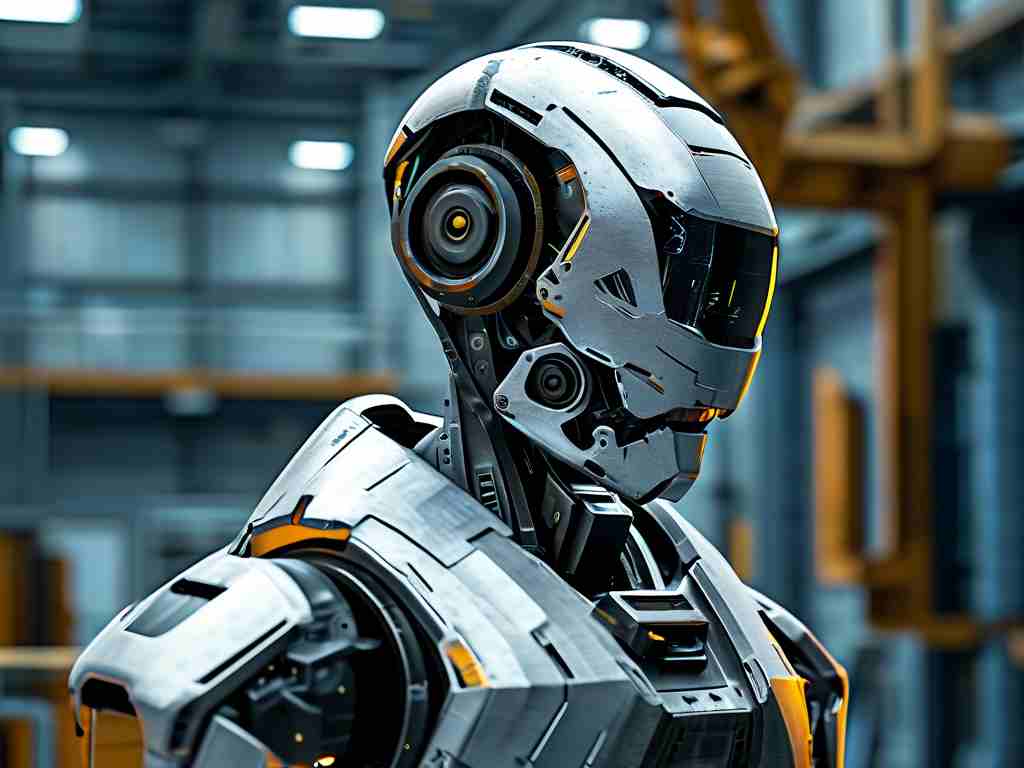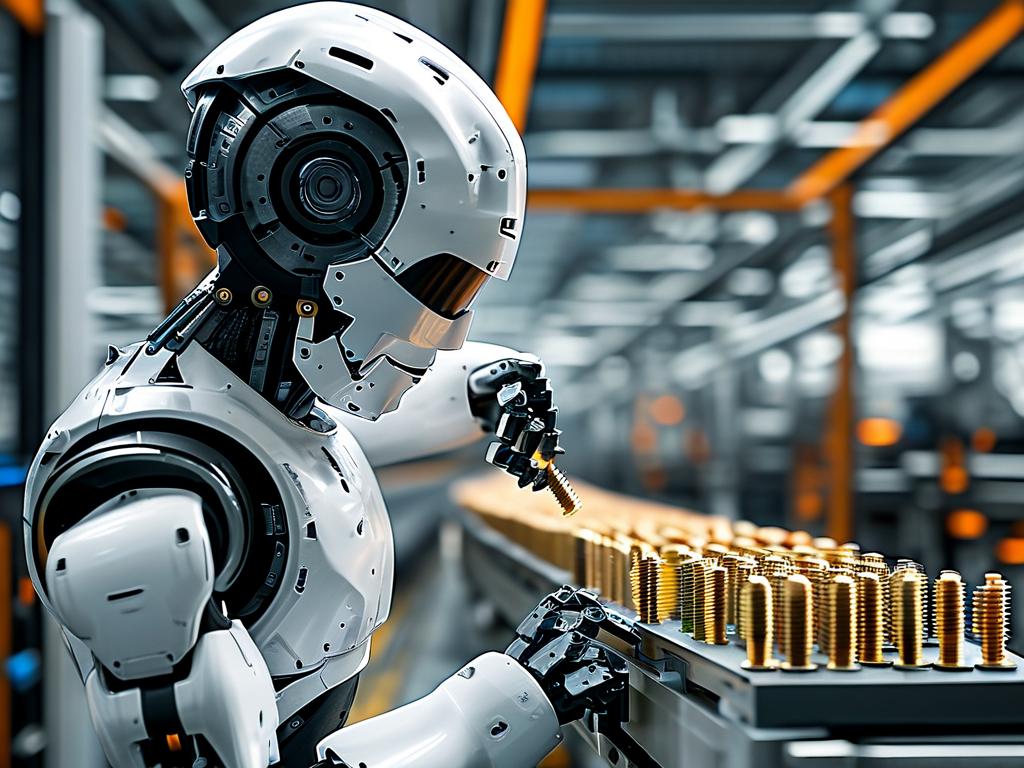The integration of robotics with wearable technology has revolutionized how humans interact with machines, creating synergies that enhance physical capabilities and redefine accessibility. This article delves into the current landscape of robotic wearable devices, their practical implementations, and emerging innovations shaping industries from healthcare to industrial automation.

The Convergence of Mechanics and Human Physiology
At the core of robotic wearable technology lies the fusion of advanced mechanics with human biomechanics. Exoskeletons, for instance, exemplify this synergy by augmenting human strength and endurance. These devices utilize motorized joints and sensors to detect muscle movements, enabling paralyzed individuals to walk or factory workers to lift heavy loads effortlessly. Companies like Ekso Bionics have pioneered medical exoskeletons that assist stroke survivors in regaining mobility, while industrial versions from Sarcos Robotics are deployed in logistics and construction sectors.
Another breakthrough is soft robotics—flexible, lightweight wearables made from silicone or polymer materials. Unlike rigid exoskeletons, these devices conform to the body’s contours, offering subtle support for repetitive tasks. Researchers at Harvard’s Wyss Institute have developed soft robotic gloves that help patients with hand impairments perform daily activities like gripping objects.
Healthcare: Restoring Mobility and Monitoring Vital Signs
Medical applications dominate the robotic wearable sector. Prosthetic limbs with neural interfaces, such as those developed by Össur and Open Bionics, now feature tactile feedback systems. These prosthetics translate pressure and temperature data into electrical signals, allowing users to "feel" surfaces—a leap forward from purely mechanical designs.
Wearable robotic suits are also transforming rehabilitation. The ReWalk Personal 6.0 system, approved by the FDA, enables individuals with spinal cord injuries to stand and walk through motion sensors and hip actuators. Meanwhile, devices like the Cionic Neural Sleeve use AI algorithms to analyze muscle activity in real time, providing customized physical therapy for neuromuscular conditions.
Beyond mobility aids, robotic wearables are becoming vital in remote patient monitoring. Smart patches embedded with micro-robotic sensors can track heart rate, oxygen levels, and even detect early signs of sepsis. Startups like Vital Connect have created FDA-cleared biosensors that transmit data to healthcare providers, reducing hospital readmissions.
Industrial and Defense Applications
In hazardous environments, robotic wearables act as a shield between workers and danger. For example, powered exoskeletons in manufacturing plants reduce musculoskeletal injuries by redistributing weight during heavy lifting. Ford Motor Company reported a 50% drop in worker fatigue after piloting EksoVests in assembly lines.
Military applications are equally groundbreaking. The U.S. Army’s Tactical Assault Light Operator Suit (TALOS) integrates exoskeletal support with bulletproof armor and augmented reality displays. Though still in prototype stages, TALOS aims to enhance soldiers’ strength and situational awareness. Similarly, Lockheed Martin’s ONYX exoskeleton allows troops to carry 100-pound loads over rough terrain without strain.
Consumer Tech: From Fitness to Entertainment
The consumer market is witnessing a surge in robotic wearables designed for everyday use. Athletes leverage devices like the Athos smart clothing line, which uses EMG sensors to monitor muscle engagement during workouts. Meanwhile, gaming enthusiasts experiment with haptic feedback suits, such as Tesla Studio’s TESLASUIT, offering immersive tactile experiences in virtual reality environments.
Even fashion brands are embracing this trend. Dutch designer Anouk Wipprecht’s “Spider Dress” features robotic arms that respond to proximity sensors, blending couture with interactive technology. Such innovations highlight how wearables are transcending functional roles to become lifestyle statements.
Challenges and Ethical Considerations
Despite progress, technical hurdles persist. Battery life remains a bottleneck—most exoskeletons require recharge every 4–8 hours, limiting their utility in extended operations. Miniaturizing components without sacrificing power is another challenge, particularly for medical implants.
Ethical questions also loom. The high cost of advanced robotic wearables (often exceeding $50,000) raises concerns about equitable access. Moreover, data security risks emerge as these devices collect sensitive biometric information. Regulatory bodies like the FDA and EU’s Medical Device Regulation (MDR) are scrambling to establish frameworks for safety and privacy compliance.
The Road Ahead: AI and Biomimetic Designs
Future advancements will likely focus on AI-driven adaptability. Researchers at MIT are developing exoskeletons that learn users’ movement patterns through machine learning, optimizing assistance in real time. Biomimetic designs—inspired by nature—are another frontier. The Swiss Federal Institute of Technology (EPFL) recently unveiled a robotic knee brace mimicking human tendons, offering smoother motion than traditional motorized systems.
Meanwhile, brain-computer interfaces (BCIs) could enable direct neural control of wearables. Companies like Neuralink are experimenting with implantable chips that translate brain signals into commands for robotic limbs, potentially bypassing physical interfaces entirely.
In , robotic wearable technology is not merely an extension of human capability but a transformative force across sectors. As engineering meets biology, these devices will continue to blur the lines between human and machine, promising a future where limitations are redefined.









